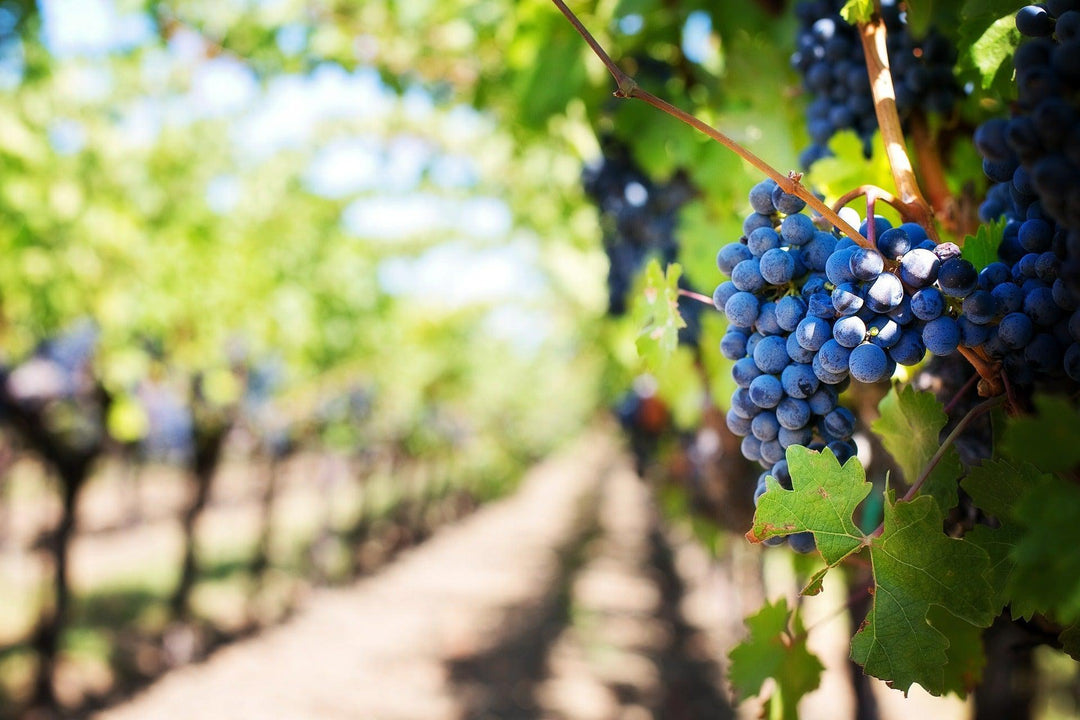
How To Care For Your Tempranillo Wine Grape Bonsai Tree
About The Tempranillo Wine Grape Bonsai Tree
Tempranillo is a red wine variety from the Rioja region of Spain. A classic wine grape variety, it is responsible for some of the best wine’s in the world. It has a good color, and good fruit flavors, and a low tannin level.
It is an incredible wine, and a favorite at our office.
The Tempranillo plant is deciduous, meaning it will lose all foliage in the autumn, and be bare during winter months.
Placement
Like all deciduous trees, a wine grape tempranillo bonsai should remain outdoors all year long.
It must stay cool or cold during the winter (about 3 months), but should be protected from harsh freezes. In the late fall, protect your tree by burying your tree, or mulch over the pot in the ground. The tree should be protected from strong wind and sun (but not snow or rain) throughout the winter. If you must, it can be placed in an unheated garage or shed.
Do not forget to water your tree in the winter!
In the early spring, when the chance of freezing is gone, it can be placed back in its normal location.
For the rest of the year, the tree should be outside with a few hours of sun (morning sun, with afternoon shade is best.)
Watering
Never let the soil completely dry out. Whenever the soil seems dry, thoroughly water your tree until the water runs clear from the bottom. In the growing season, this can be daily.
If you need help, a good moisture meter will guide you.
Humidity
If you ever need to take your tempranillo bonsai tree inside, including into a garage for the winter, using a humidity tray is recommended. It will prevent the water from running on the floor, and can help keep the tree somewhat moist in the dry season.
Fertilizing
Since your tempranillo grape bonsai is in a small pot, and not the ground, it needs nutrients. A slow release (pellet based) fertilizer is perfect for this, and can be added sparingly every 1-2 months during the growing season.
If you plan on eating the fruit of this bonsai tree, use a food-safe fertilizer that you're comfortable with diluted to at least half the labeled strength.
Pruning & Trimming
Trim back the new growth to the farthest safe point that looks good to you — but never remove all of the new growth.
A regular trim will help keep your tempranillo grape bonsai tree short, while helping the trunk grow thicker.
Repotting
Repotting must be performed periodically on your bonsai, tempranillo included, when its root system has filled the pot. If you can clearly see the roots coming out of the bottom of the pot, it’s time to repot your bonsai.
Generally, this means every 2-3 years for a deciduous tree and every 4-5 years for an evergreen.
Repotting should be done in mid-summer, when the tree is at it’s least fragile state.
The grape bonsai tree, along with all of its soil, should be removed from the pot. From there, you can trim away no more than 1/3rd of the root mass (1/4th is preferred.)
Then you can repot the tree in the same pot, or give it a newer / bigger pot to thrive in.
After repotting, your tempranillo bonsai should be thoroughly watered.
Diseases, Insects & Other Pests
Your tempranillo bonsai can be treated for pests like a normal tempranillo plant. Just remember, your tree is miniature and will need a much smaller and more gentile dose of treatment.
Would you like to SEE these instructions as a series of videos, instead of just reading them?
If you want to demystify the art of bonsai so you can become a master of this relaxing hobby in just a few days, you need the right training. I’ve built a digital video course that mixes classroom style instructional videos with “over the shoulder” style training videos to make bonsai simple to understand, and easy to start.
In this digital video course, you'll discover:
- How to create a bonsai tree from scratch that will help you experience true inner-peace and calm.
- How to keep your tree collection alive and well so you can enjoy their benefits for a lifetime.
- How to shape your bonsai like a professional, allowing you to design it however you like.
- What bonsai tools you really need and how to use them so you’ll never buy a tool that you don’t need again.
- How to cultivate your own trees so you never have to buy another tree from a store again.
- How to use all of this to create your own bonsai collection so you enjoy this relaxing hobby for the rest of your life.



